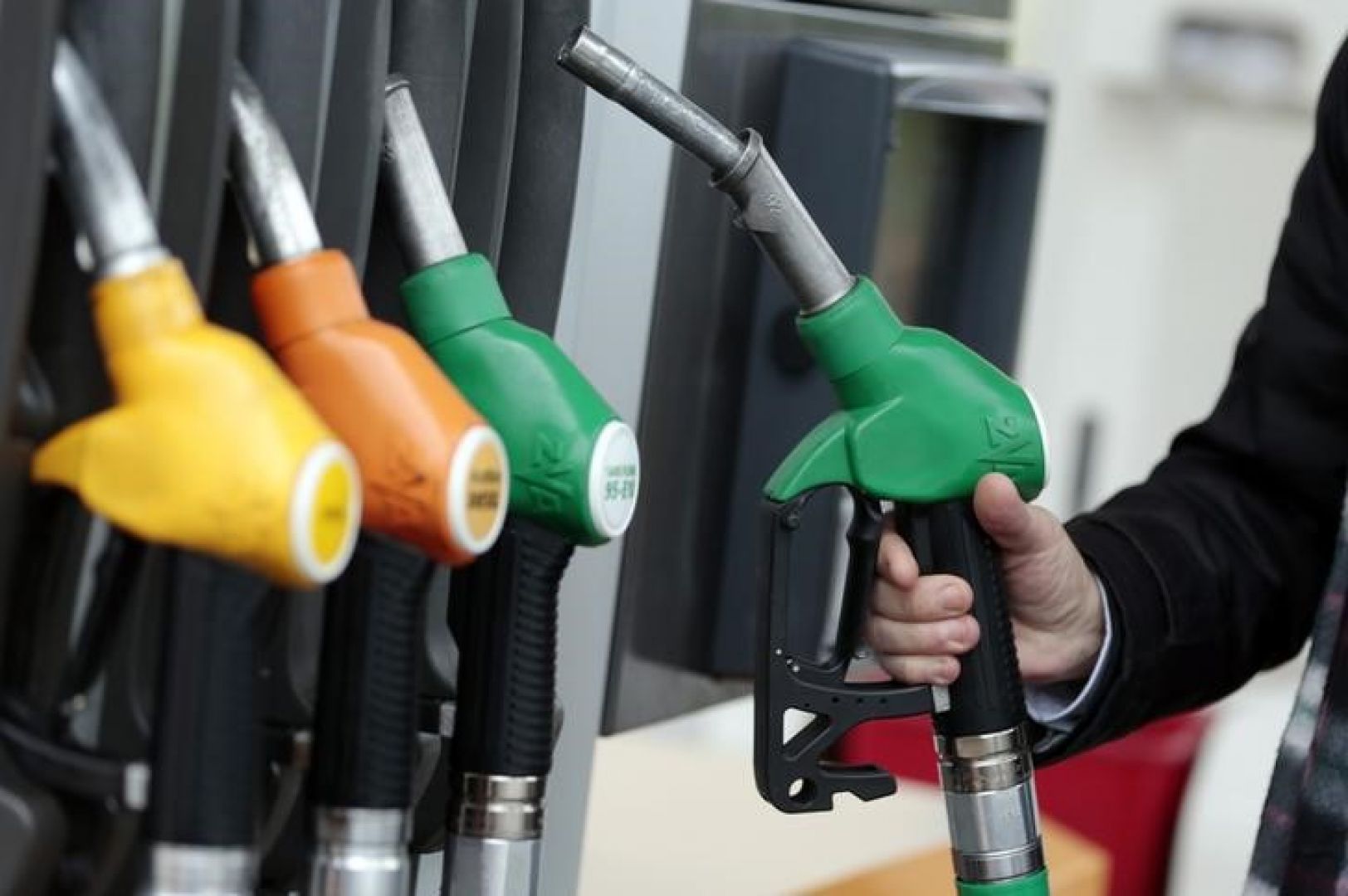Despite the rise in domestic gasoline consumption in the last few weeks, the government has no plans to introduce quotas or raise gasoline prices, managing director of the National Iranian Oil Refining and Distribution Company said.
“Distribution of gasoline is handled quite well and plans to ration the fuel are out of question,” Abbas Kazemi, who is also a deputy oil minister, was quoted as saying by IRNA on Sunday.
Denying claims that NIORDC has presented proposals to raise gasoline and diesel prices to cap growing consumption, Kazemi said, “NIORDC has managed to provide the much-needed fuel for consumers nationwide.”
Asked about average gasoline production, he said output stands at 66 million liters per day, while consumption has averaged at 79 ml/d.
Pointing to the current 8.5% increase in gasoline consumption compared with last year’s corresponding period, the official added that the rise was expected. Moreover, domestic car and motorcycle manufacturers are increasing production, which explains why fuel consumption has increased.
According to the official, the use of other energy sources, namely electricity, has risen by 10% since the beginning of the current fiscal in March.
“Besides imports, the government also taps into gasoline inventories to meet growing demand,” Kazemi said, adding that NIORDC has faced no problem in supplying the fuel, so there is no plan to raise gasoline and diesel prices.
The official had recently noted that Iran’s gasoline inventory amounts to 200 million liters, yet it may fluctuate on a weekly or daily basis. According to the official, Iran has 37 main gasoline distribution centers with various storage capacities.
“North Khorasan, Tehran, Mazandaran and Gilan are among provinces that have the biggest gasoline inventories,” he said.
Fuel Cards Useless
Kazemi believes now that regular gasoline is offered at a single price of 10,000 rials (30 cents) for car owners nationwide without a quota, smart cards should be scrapped since they only waste people’s time.
“The fuel cards, rolled out in 2007 to allocate a gasoline quota at subsidized prices to private vehicles and motorbikes to curb consumption, worked at that time. But now that prices are unified, subscribers are not inclined to use fuel cards and many use those of gas station attendants,” he said.
According to Kazemi, maintaining the electronic fuel cards imposes heavy expenses on the government, amounting to $350 million per annum. Oil Minister Bijan Namdar Zanganeh has also categorically supported halting the use of gasoline fuel cards, saying that they are of no use now that prices have been unified and data obtained from fuel card is not used for any purpose.
Zanganeh and other energy specialists believe that maintaining the present system only incurs maintenance costs. Opponents, however, say scrapping fuel cards is a big mistake, as it undermines distribution transparency.
Economic analysts and experts have long been against the fuel cards, underlining that the system is unwanted and a source of corruption.


